
You can enjoy an unforgettable tropical bath with friendly dolphins in the recreational park of Cayo Naranjo, in the middle of the peaceful Bay of Naranjo.
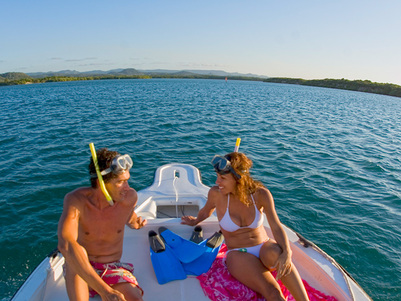
It extends along 32 km of coastline and covers 1000 hectares. In its interior are located three small cays and an aquarium where spectacles with dolphins and sea lions are offered. Surrounded by abundant vegetation, it also offers the possibility of traveling eco tourist trails and the pleasure of enjoying other outdoor activities.
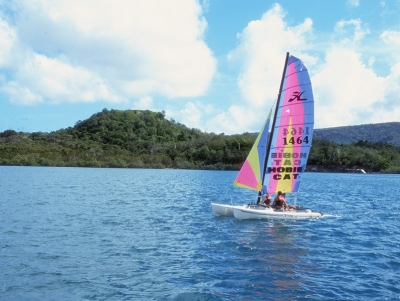
It is one of the three small cays located in the middle of the Bay of Naranjo. Here, there is a dolphinarium and tours through the existing Zoo-Aquarium.

Located at the entrance to Bahia de Nipe (the largest of the Cuban archipelago) This paradisiacal islet occupies an area of 42 km², 65% of which is covered by natural forests. There you can find more than 19 species of exotic animals in complete freedom. There are a dozen small virgin beaches for the enjoyment of the visitors.

It was for a long time the main maritime access to the entire north coast of the eastern provinces, which made it a prosperous region. This seafaring city, identified as the Villa Blanca, currently conserves the most remarkable colonial architectural ensemble of the province of Holguín.
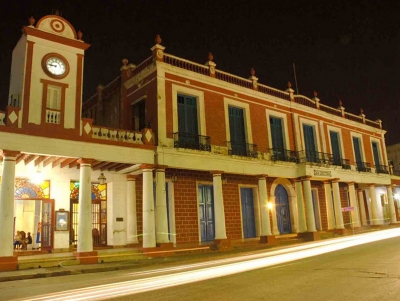
In the city center of Holguín, Carlos de la Torre Huerta Provincial Museum of Natural Sciences exhibits some 7,000 specimens of the Cuban fauna and other regions, highlighting one of the best collections of ornithology and malacology in the whole country.
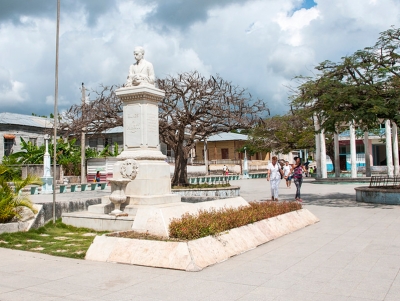
Recognized as the archaeological city of Cuba. Visiting its museums is a way to refer to the past and its ancient inhabitants.
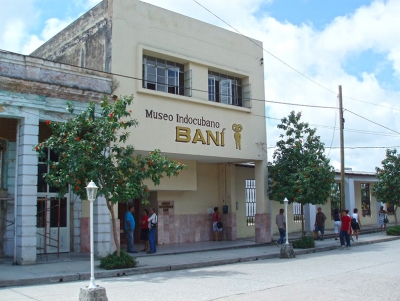
This museum possesses an important sample of Indo-Cuban archeology in the city of Banes, in the eastern province of Holguín. Two pieces among the thousands conserved there have a marked interest in the collection: a gold idol, the first found in the area, and an aboriginal skull that has an orifice similar to a bullet impact on the upper front.

In the province of Holguin, in the foothills of the southeast Yaguajay hill, just 7 km from Guardalavaca, is located Chorro of Maíta Complex. The place is known as the Archaeological Capital of Cuba. An excellent place to know the customs, rites and way of life of the primitive inhabitants of the Island. Its name comes from a fresh water spring located in the vicinity, where the native potters lived before the arrival of the Spaniards to these lands. Visiting the Taíno village is like traveling back in time, in a natural environment par excellence. The landscape is adorned by rustic dwellings such as the Caney and bahareques; objects of daily use, ceramic pieces, among other typical elements of that culture.

Marketed as Playa Esmeralda, the coastal strip of Estero Ciego Caleticas has two beaches of magnificent quality and 900 m. of total length. Its warm waters, limpid and transparent, are of an intense green color. It is protected by coral reefs, abundant shade vegetation and escorted by cliffs. Nearby it is located Bahia de Naranjo Natural Park
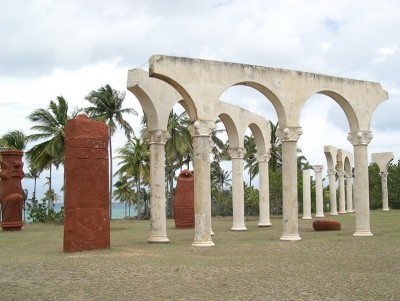
The Bariay National Monument Park gives the visitor part of the history of Cuba. A monumental piece, the work of Holguin sculptor Caridad Ramos, recalls the arrival in Bariay in 1492 of Christopher Columbus; integrating huge columns of Greco-Roman culture to the well-preserved natural environment. There is also a replica of a Spanish fort and an aboriginal village, as well as a site museum.


We are looking for the best deals for you.
It may take a few seconds...